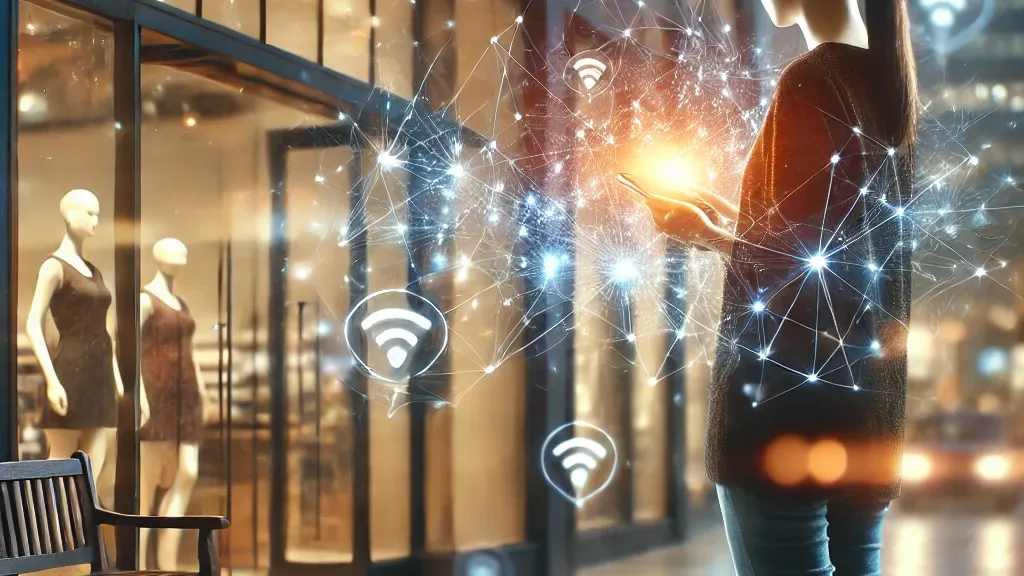Dogs have long been known as man’s best friend. Science tells us why: European scientists studying the DNA of prehistoric dogs in Germany concluded in 2017 that all modern dogs have the same geographic origin and can be traced back to a single instance of domestication about 20,000 to 40,000 years ago. This makes them the first animal domesticated by man. The mutually beneficial relationship between humans and dogs became inseparable from there, as dogs provided safety and security to their nomadic hunter-gatherer owners and humans returned the favor with food and shelter. And in each other, both parties found loyal companionship.
Modern dogs likely came from prehistoric humans domesticating gray wolves. Over time, people began selectively breeding domesticated wolves for different traits to become better hunting partners or protectors. As humans migrated to different areas of the world, they brought their furry pals with them, and different climates and ways of life led to the selective breeding of even more traits. This began to create the variety of breeds we know and love today. There is a collection of Pomeranians dogs.
Four hundred dog breeds roam the planet today that can be separated into 23 distinct types, or “clades.” Even more different canines are likely to be created as breeding continues—although it will take more than a few dog years to do so.
Stacker researched the origins of the 50 most popular dog breeds using 2019 data from the American Kennel Club, released on May 1, 2020. Together, these pups originated from every corner of the world from Japan to the U.S. East Coast.
English cocker spaniel
The English cocker spaniel emerged in the 19th century when Victorian England designated several spaniel breeds (spaniels, in general, had existed hundreds of years prior). Bred to assist in hunting, the English gundog is adept at retrieving birds and assisting in fieldwork. But the tireless loyalty in the field translates to the home, where the English cocker spaniel makes an ideal, agreeable home companion.
Portuguese water dog
Bred to assist fishermen, the Portuguese water dog once could be found throughout the nation’s coast. The waterproof, non-shedding coat is integral in their history of entering frigid oceans and herding fish into nets. The powerful, rugged breed can be used for water rescue, its tail a natural rudder.
St. Bernard
While little is known about the exact origin of St. Bernard, its mastiff ancestors were likely brought to Switzerland from Rome during periods of war. Around 1700, St. Bernard as we know it today began accompanying monks at the Great Saint Bernard Hospice and Monastery during their winter periods of isolation, eventually joining monks on patrols or rescue missions to assist travelers after dangerous snowstorms. Male dogs were sent out to dig through the snow and find travelers or lie on top of fallen travelers to provide warmth from the frigid temperatures.
Akita
Akitas first popped up in the early 17th century in the Akita district of Japan, where they were the product of generations of selective breeding to create a hardworking hunting dog. For a period, only the imperial family and their court were permitted to own an Akita, but eventually, the whole country fell in love with the loyal breed, and people of all social classes began adopting the dogs.
Helen Keller received an Akita as a gift on a trip to Japan, and she was responsible for bringing the first Akita back to the U.S. An Akita from the 1920s named Hachiko is world-famous and one of the most popular symbols of Japan today.
Chesapeake Bay retriever
The Chesapeake Bay retriever originated from two dogs that were rescued from a shipwreck off the coast of Maryland in 1807. The dogs, named Canton and Sailor, were thought to have been Newfoundland and duck retriever dogs. The resulting new breed was originally used for hunting ducks, as the dogs were able to withstand the frigid waters of the Chesapeake Bay.
The Chesapeake Bay retriever was officially recognized by the American Kennel Club in 1885, making it one of the oldest breeds on record.
Shiba Inu
The Shiba Inu is Japan’s oldest dog breed, one of six original native Japanese breeds. The dog results from thousands of years of selective breeding with the original purpose of hunting small game, as the Shiba could use its diminutive size to its advantage. Samurai used Shiba Inus during the 12th century to hunt wild boar and deer.
West Highland white Terrier
The West Highland white terrier—more commonly known as “Westies”—made its debut in Scotland, most likely in the former county of Argyll. The Malcolm family bred the small white dogs for a number of years before the Westie went public at a London dog show in 1907.
The breed was officially registered with the American Kennel Club in 1908 under the name of “Roseneath terrier,” but the name didn’t last long, and the following year the breed was officially called the West Highland white terrier. A popular children’s book series by Rosemary Wells features a Westie named McDuff.
Bichon Frise
Bichon Frises originated from the Bichon Tenerife, a breed named after a Spanish island. Historians have suggested that the dogs accompanied Spanish sailors during their travels and could have been used for bartering. Between the 14th and 15th centuries, Bichon Frises became wildly popular in Italy and France, especially among nobility and middle-class merchants.
King Henry III of France was said to adore his Bichon Frise so much that he carried his pup around in a basket fastened around his neck with ribbons.
Toy Goldendoodles
Toy Goldendoodles are a delightful and popular crossbreed dog that has captured the hearts of dog lovers around the world. These charming canines are a mix of a Golden Retriever and a Poodle, resulting in a smaller and more compact version of the standard Goldendoodle. Toy Goldendoodles are adored for their endearing appearance, intelligence, and friendly disposition, making them an excellent choice for families and individuals alike.
Rhodesian ridgeback
The Rhodesian ridgeback likely originated from Khoikhoi dogs native to southern Africa. When European settlers arrived in the 16th century, they bred their own dogs with these hunting dogs to create a breed that would fare well in extreme temperatures and be fiercely loyal. These dogs were taken to Rhodesia—a territory that is now Zimbabwe—to hunt lions in the 1800s.
Belgian Malinois
As its name suggests, the Belgian malinois originated in the northwest region of Belgium, around the city of Malines. These dogs were first bred to be livestock herders and were the preferred dog breed for Belgian sheepherders and cattlemen. Today, dogs are still sometimes used as herders, and they are also increasingly used by police forces as K-9s and protection dogs.
Most of the dogs that work for the Navy SEALS are Belgian Malinois, including a dog named Cairo that helped SEAL Team 6 capture Osama bin Laden.











